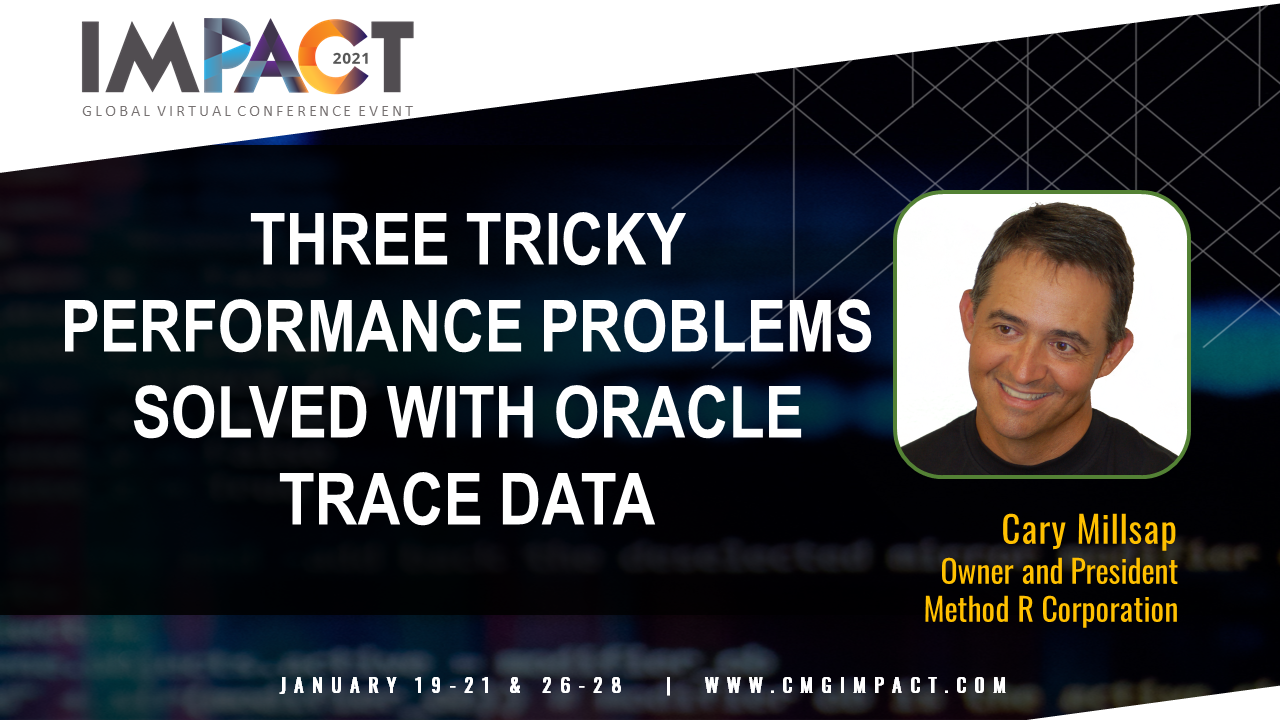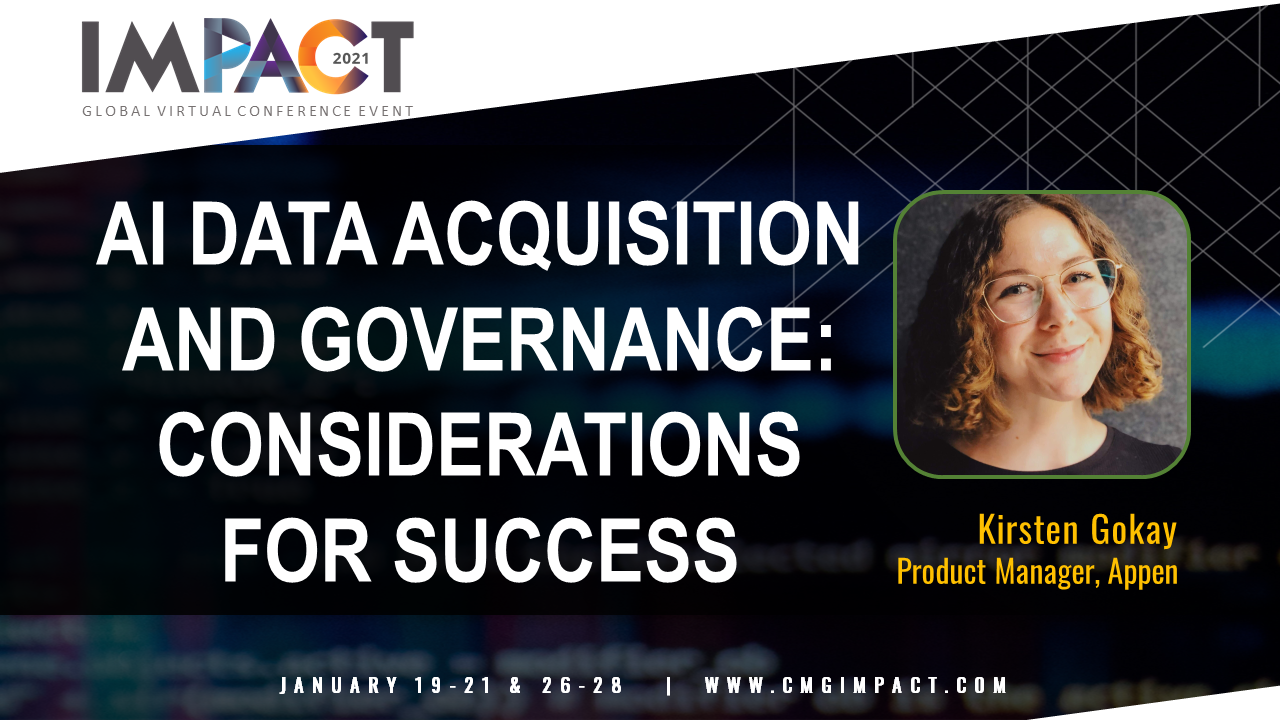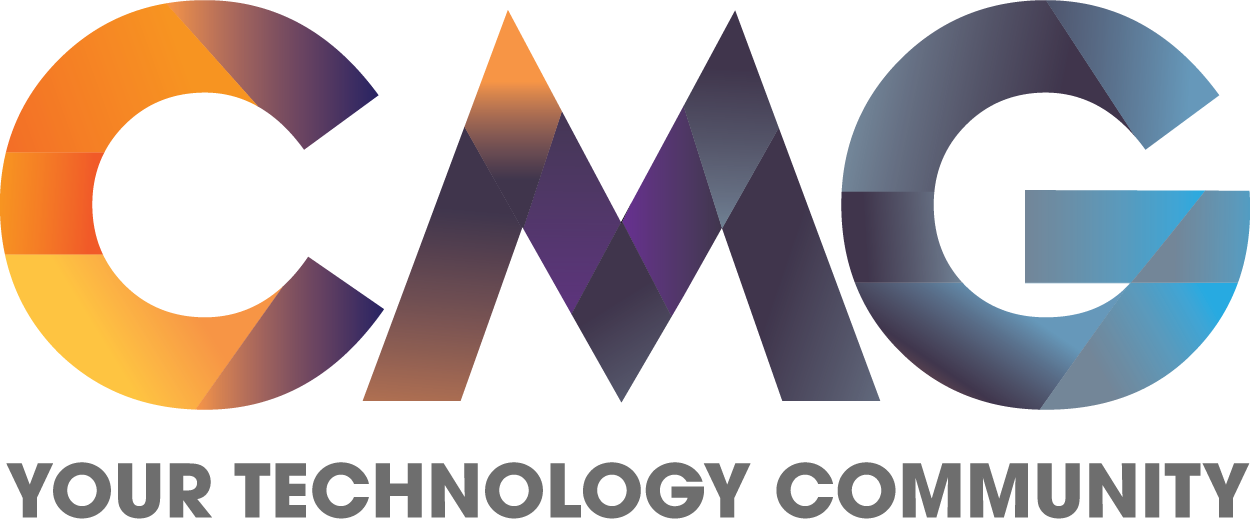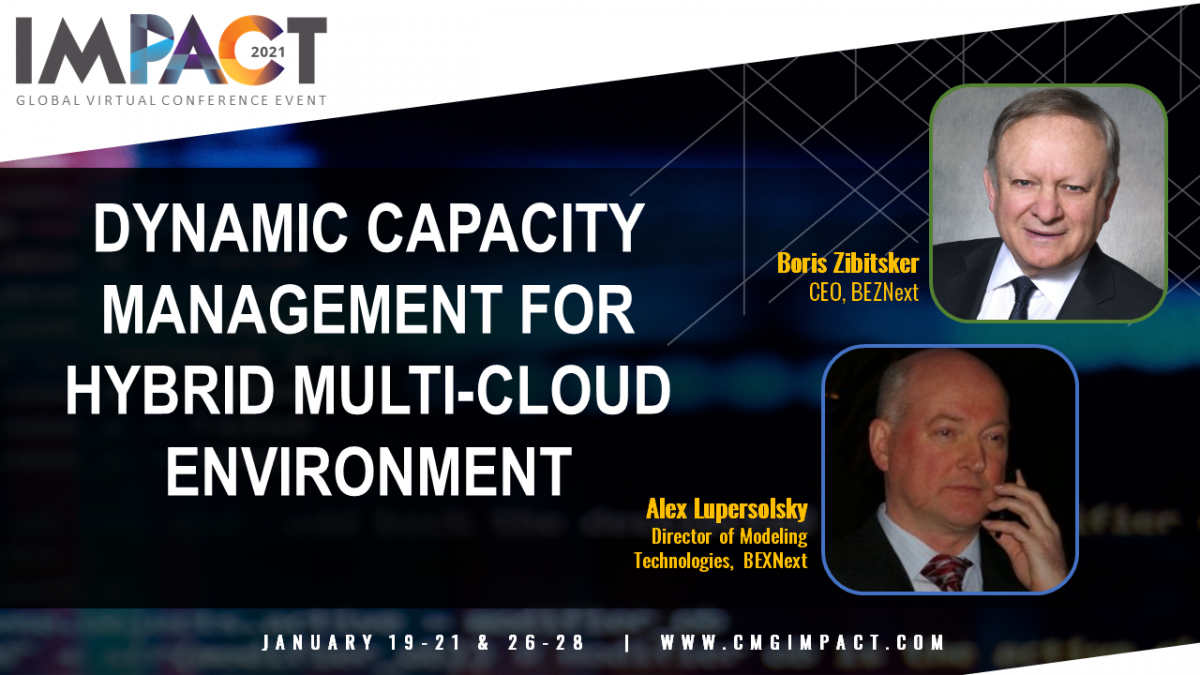
IMPACT2021 | Three Tricky Performance Problems Solved with Oracle Trace Data – Cary Millsap
January 28, 2021
IMPACT2021 | AI Data Acquisition and Governance: Considerations for Success – Kirsten Gokay
January 28, 2021IT Managers, Architects, DBAs and Systems Analysts involved in Cloud Selection often perform POC projects to compare clouds performance, scalability, security and other criteria. After finishing POC project they realize that they still can’t determine the minimum cloud configuration and the budget required to meet Service Level Goals (SLG) for business workloads. Application Development and Operations often select Cloud platform for new applications and as a result, many organizations have complex Hybrid Multi-Cloud environment and face challenges of preventing cost escalation when number of users and volume of data is growing. Making decisions where to place data and applications in this environment brings a lot of uncertainty and risk of performance and financial surprises. Transaction oriented applications, analytics applications and big data applications have different demand for resources, different performance requirements and they scale differently on different platforms. Operations can influence resource allocation and workload management rules, but which options will allow to meet Service Level Goals for all business workloads with the lowest cost? In this paper we will review our methodology, software and use cases of the cloud platform selection and dynamic capacity management of the Hybrid Multi-Cloud environment. We will review how modeling and optimization are used to predict the minimum configuration required during different time of the day and during month of the year and predict budget required to meet SLGs for each workload.
Speakers
Boris Zibitsker
CEO, BEZNext
Alex Lupersolsky
BEZNext
Track
Data Centers and Cloud Infrastructure
IMPACT Session Video:
To view the video you must have a CMG membership. Sign up today!For existing members sign in here.



